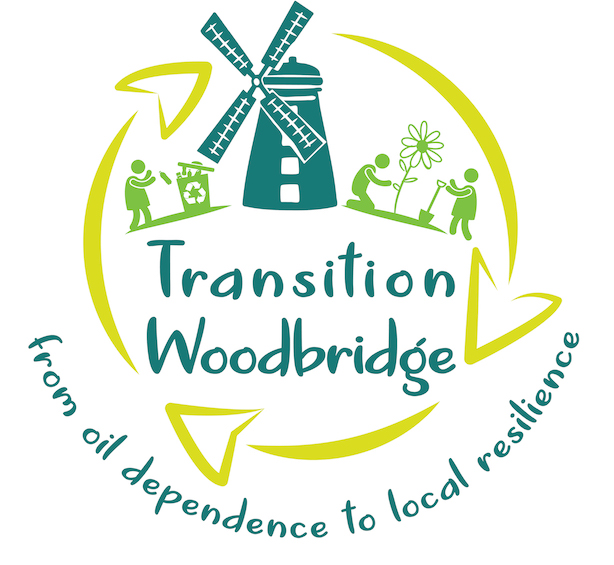Blue Planet 2, the problem of plastic, and what we can do about it.

For those of us who have been glued to our television screens every Sunday at 8pm, the problems associated with plastic are becoming increasingly evident.
Blue Planet, as narrated by the legendary David Attenborough, highlights the impossibly delicate balance that is needed for different animal and plant species to thrive. The sea otters eat the sea urchins who in turn eat the sea grass which is protected by a certain fish who “looks after” its patch. One tiny imbalance in this neat little picture, and the consequences are huge. If the sea otters are hunted then they can’t eat the sea urchins, who then multiply and are free to eat all of the sea grass, so all the fish who rely on that sea grass disappear, and the area is left a barren seascape. This is just one of the many examples demonstrated in Blue Planet 2 of how fragile the circle of life really is.
Perhaps Blue Planet 2’s most poignant rupture within the circle of life is depicted when a mother Pilot Whale is filmed carrying her dead calf. “This mother has been carrying her new-born around, but it’s dead,” David Attenborough narrates. “She’s reluctant to let it go, it’s been dead for many days.”
The reason her baby is dead?
“The calf may have been poisoned by the mother’s own contaminated milk.”
The idea of a mother poisoning her own baby with what symbolically represents the source of life – a mother’s milk – is highly distressing. It left many viewers in tears.
And this is only one, very tiny example of the effects that plastic waste has on marine life. The impact of plastic on the planet and its inhabitants is much more far-reaching than the pilot whale and her calf. Just think, that every piece of plastic you’ve ever used, will still be somewhere on the planet when your great, great, great grandchildren are around (and in most cases, even longer than that). If you’re not feeling doom-and-gloom enough already, then at the bottom of this post are links to some highly informative websites and articles on the various effects plastic has on just about every person, animal, and thing on the planet.
But it really isn’t all doom and gloom. David Attenborough says that we dump 8 million tonnes of plastic into the ocean every year. Well, we don’t have to dump all that plastic in the ocean. Truth be told, we don’t have to dump any plastic into the ocean.
Everyday an increasing number of people are learning about the negative effects of plastic use and waste, and everyday people are making decisions that will, together, avert the harmful consequences that plastic has on our planet and all its inhabitants. And whatever form those decisions take – whether it’s supporting environmental initiatives and getting active in the community, or remembering to bring your reusable bag with you to the supermarket – we can all do something positively active in curbing the production, use and waste of plastic. Follow the link to a diagram that explains why we should be using less plastic https://lessplastic.co.uk/9-reasons-refuse-single-use-plastic/
 For now, here are 3 simple tips to inspire you to use less plastic.
For now, here are 3 simple tips to inspire you to use less plastic.
– Reusable bags: There are a huge amount of reusable bags on the market, but try and opt out of plastic altogether and go instead for a canvas bag, which are easy to roll up and but inside your backpack/handbag. Another good idea is to but you reusable bags next to the door of your house, so that it catches you eye just as you’re just about to go out to do the shopping. Keeping a stash of reusable bags in your car, if you use one, will also avert any forgotten-bag crisis.
– Alternative water bottles: The sight of crumpled plastic water bottles on the side of the road is a familiar one to us all. And when every shop, café, restaurant, and home in the UK has running water, it seems a shame to be buying single-use bottles of water. A glass or stainless steel water bottle is therefore a really handy way of avoiding using plastic water bottles (and subsequently throwing them away). Plus, doesn’t water just taste so much nicer when it comes from a glass or steel bottle? That said, if you do want to go for the cheaper option, you can always opt for the reusable plastic bottle.
– Turn down the straw: When did you last use a straw? Was it in last night’s G + T, or yesterday’s milkshake? Straws are simply unnecessary. But even if you like the look of them a little too much to give them up, or they help cold liquids bypass sensitive teeth, there are some really cool stainless steel straws now available. Sometimes when you’re in restaurants, waiters will automatically pop a straw in your drink. Don’t feel shy to tell them you don’t want the straw, and if you’re very environmentally active, to even go a little further and say why you don’t want the straw. This is a great way to spread the word: one step towards getting businesses to change their plastic policies is a huge step for the environment.
For more information on the problem with plastic and what you can do to help, please take a look at some of these great websites.
https://www.lifewithoutplastic.com/store/ca/information
